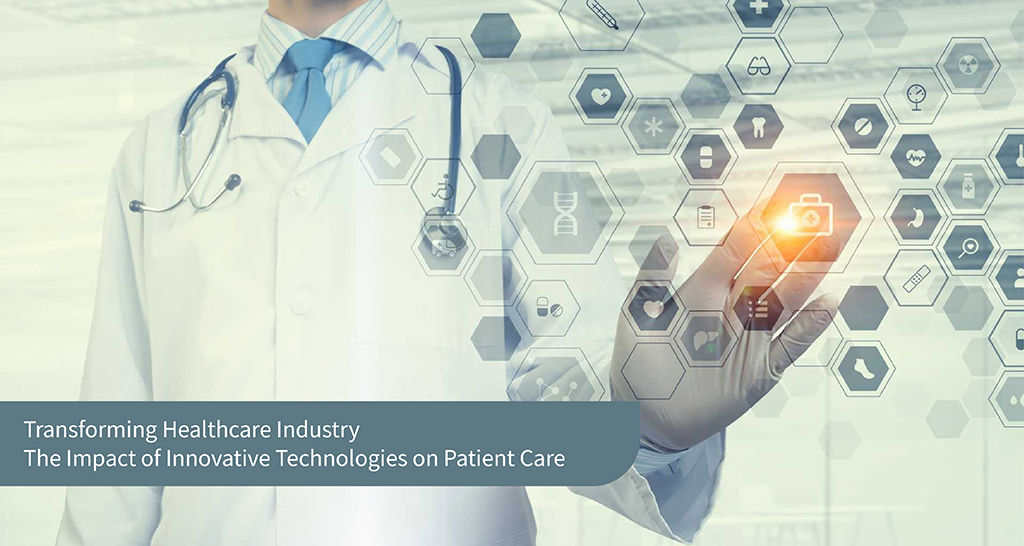Patient care is the primary objective of healthcare services. The good thing is that innovative technologies are taking it a notch higher. Statistics show that the health tech market crossed a whopping $280 billion mark in 2021 as it was fueled due to the pandemic. It isn’t slowing down even in the new normal.
With healthcare organizations witnessing significant improvements in patient outcomes due to these innovative tools, there is no reason to miss out on them. If you haven’t adopted them yet in your organization, you should do it sooner than later. Let us explore how these tech tools can take patient care to a whole new level.
Telemedicine for easy accessibility
Patients no longer have to stress about long wait times at the doctor’s office. Telemedicine eases accessibility by connecting them with healthcare professionals through virtual consultations and video calls.
It’s like having a virtual house call, where they can discuss symptoms, get medical advice, and get prescriptions without stepping outside their homes. This tech is a game-changer for people living in remote areas or those with mobility issues.
Virtual Reality Therapy
Virtual reality (VR) is more than gaming and shopping. VR therapy offers an innovative means for pain management and rehabilitation. Instead of popping a bunch of painkillers, patients can slip on a VR headset and escape to a healing zone.
Studies have shown that VR therapy reduces pain levels, decreases anxiety, and speeds up recovery times. That seems like science-fiction, but it’s worth trying!
Advanced medical devices
Let’s get back to the basics, as technology isn’t just about innovation. It is also about making the existing things better. Innovation in medical devices is another way technology improves patient care. For example, an advanced smallbore indicator uses pH to confirm the gastric acidity of nasogastric/orogastric tubes.
Further, with this device, it is possible to assess the placement of the tube so that providers can work on it if something is amiss.
Artificial Intelligence (AI) Diagnostics
AI is making waves in the healthcare industry by analyzing tons of patient data faster than you can imagine. With AI diagnostics, doctors and nurses can tap into the power of machine learning algorithms to diagnose diseases and conditions more accurately and efficiently. Catching and treating potential issues early on can save millions of lives and reduce healthcare costs.
Wearable Devices for real-time monitoring
Real-time monitoring is one of the most daunting challenges for the industry because patients cannot be in a hospital or clinic at all times. But wearable devices like smartwatches and fitness trackers are stepping up their game. They can monitor the vitals, track sleep patterns, and even detect irregularities in the wearer’s body.
It’s like having a personal health assistant on one’s wrist, reminding people to stay fit and healthy. Plus, doctors can access this data remotely, helping them make more informed decisions about patient care.
Conclusion
Patients have high expectations from clinical providers after the pandemic times. Fortunately, technology makes it possible by making quality care more accessible and affordable. It also helps providers to advance their services with a better view of real-time patient data.

